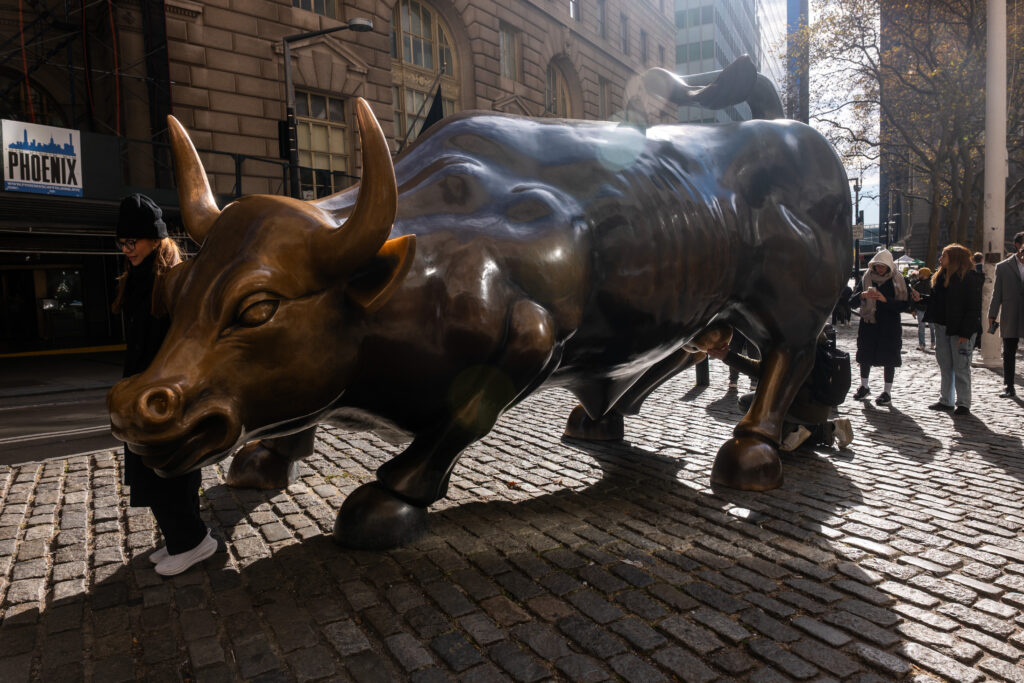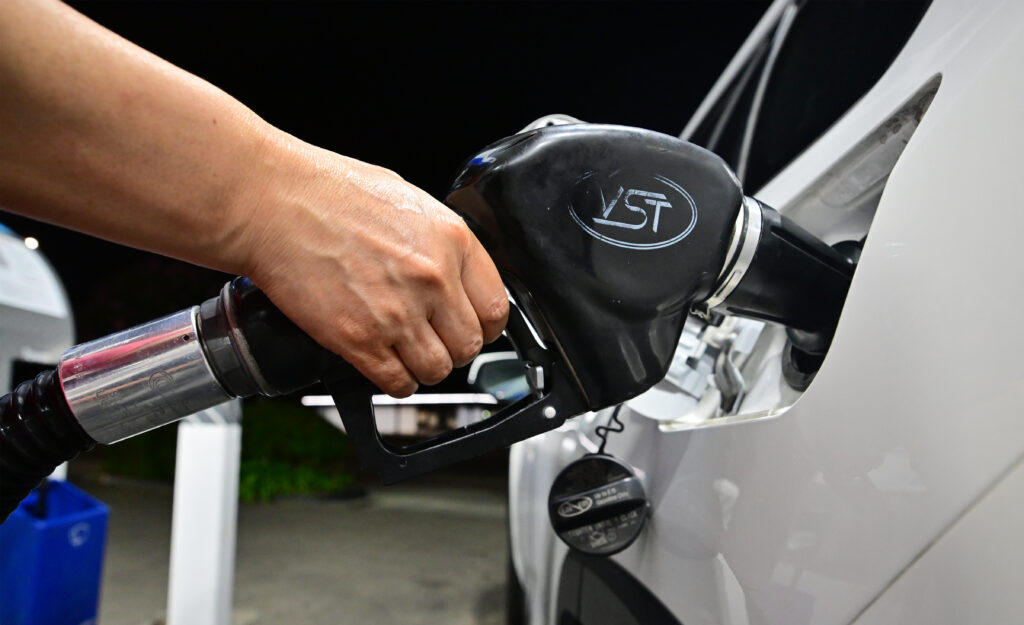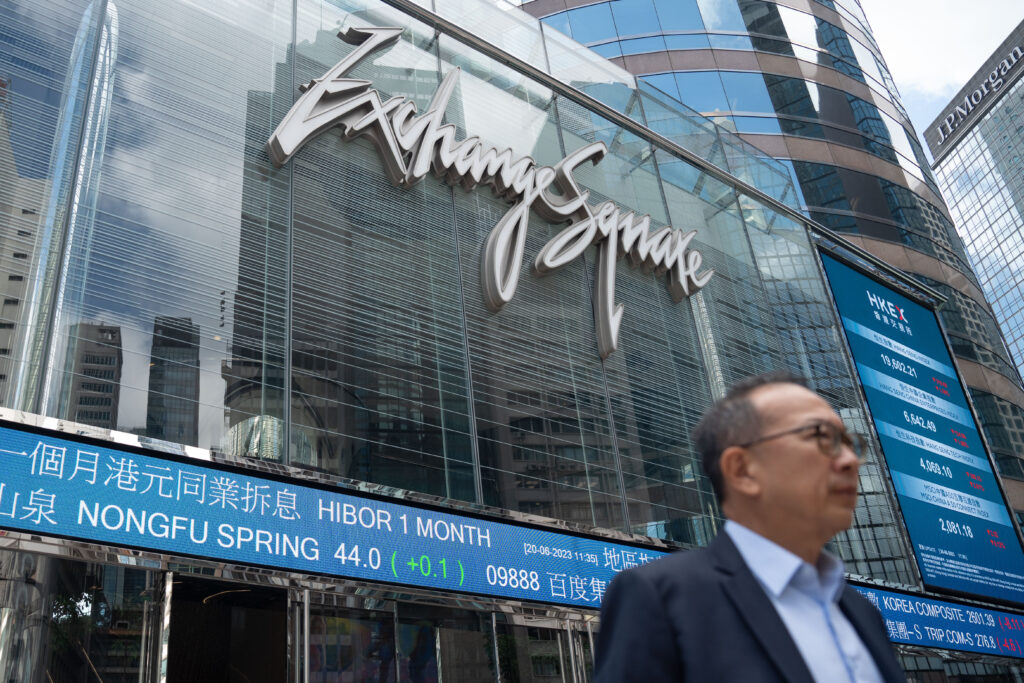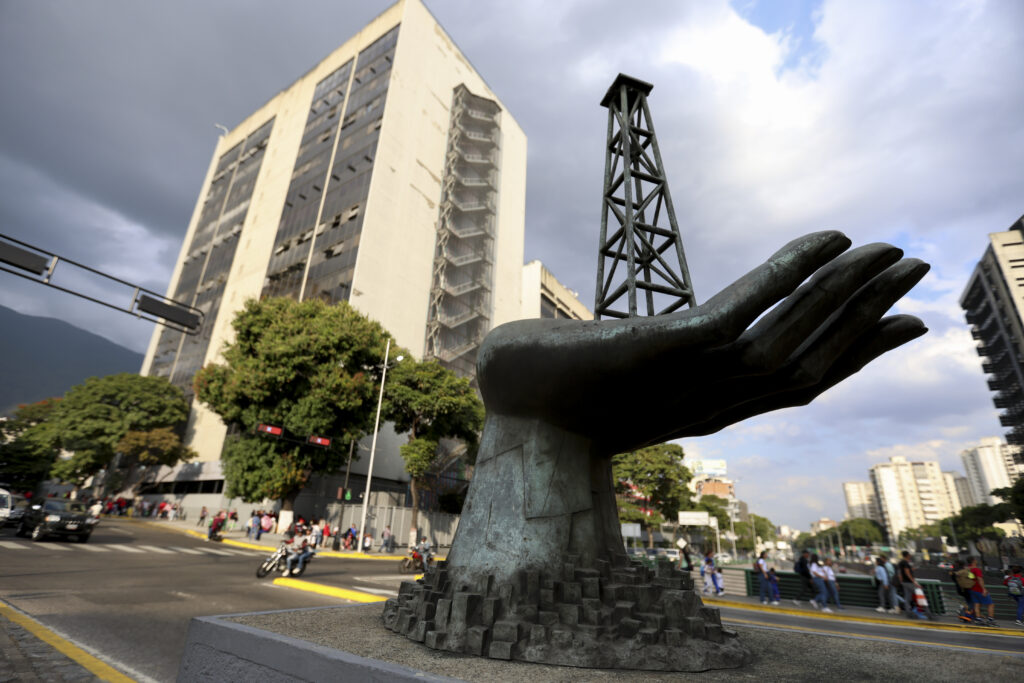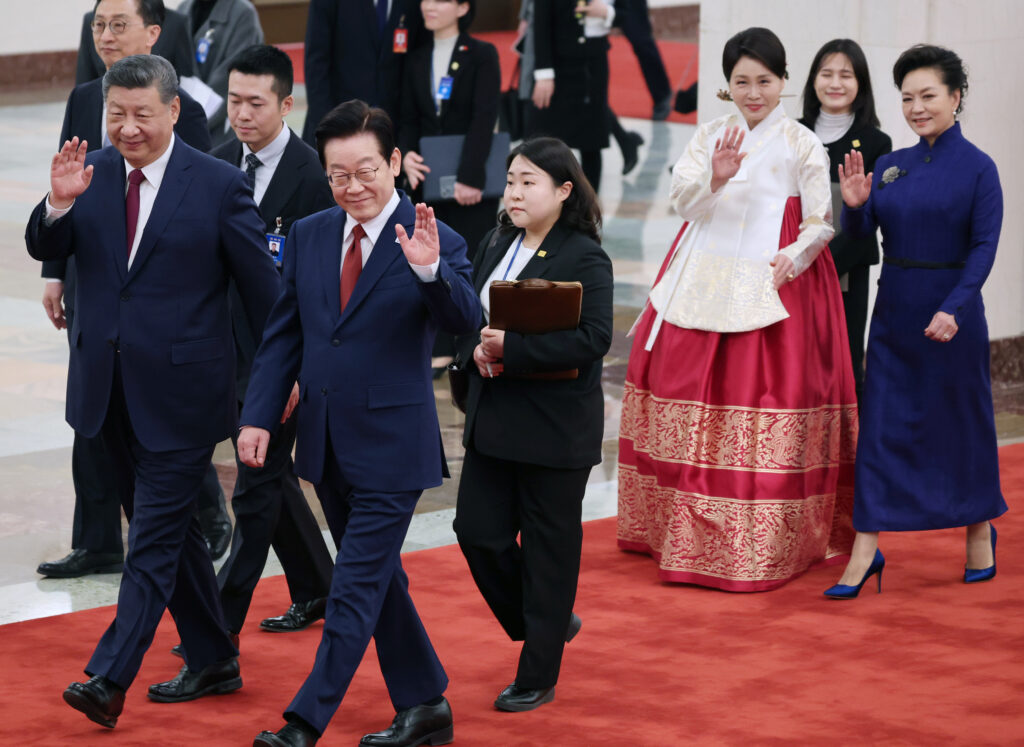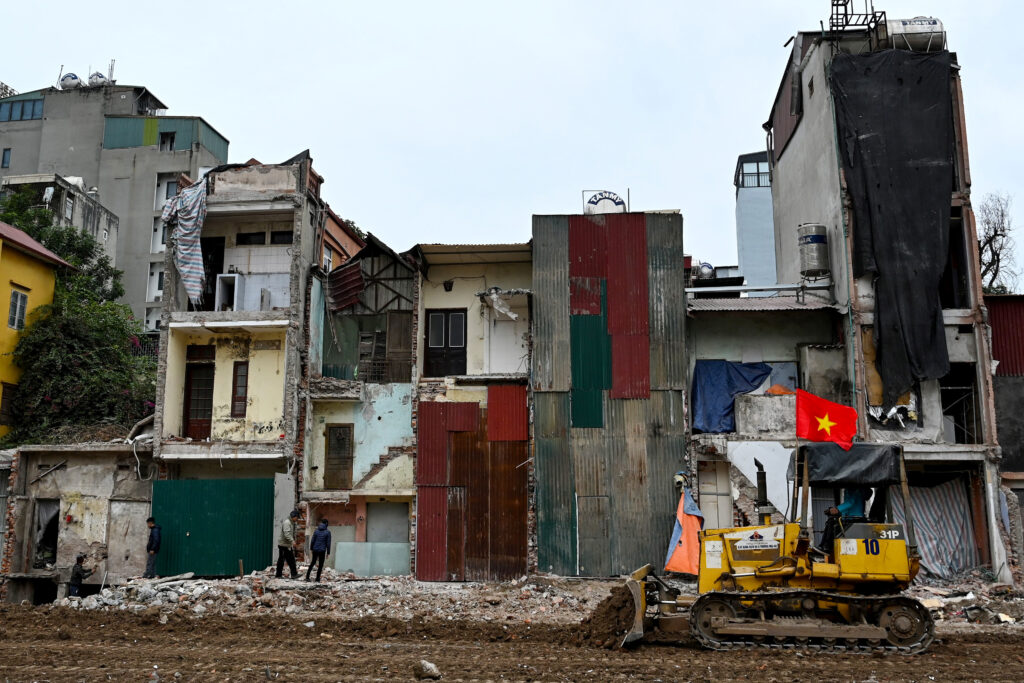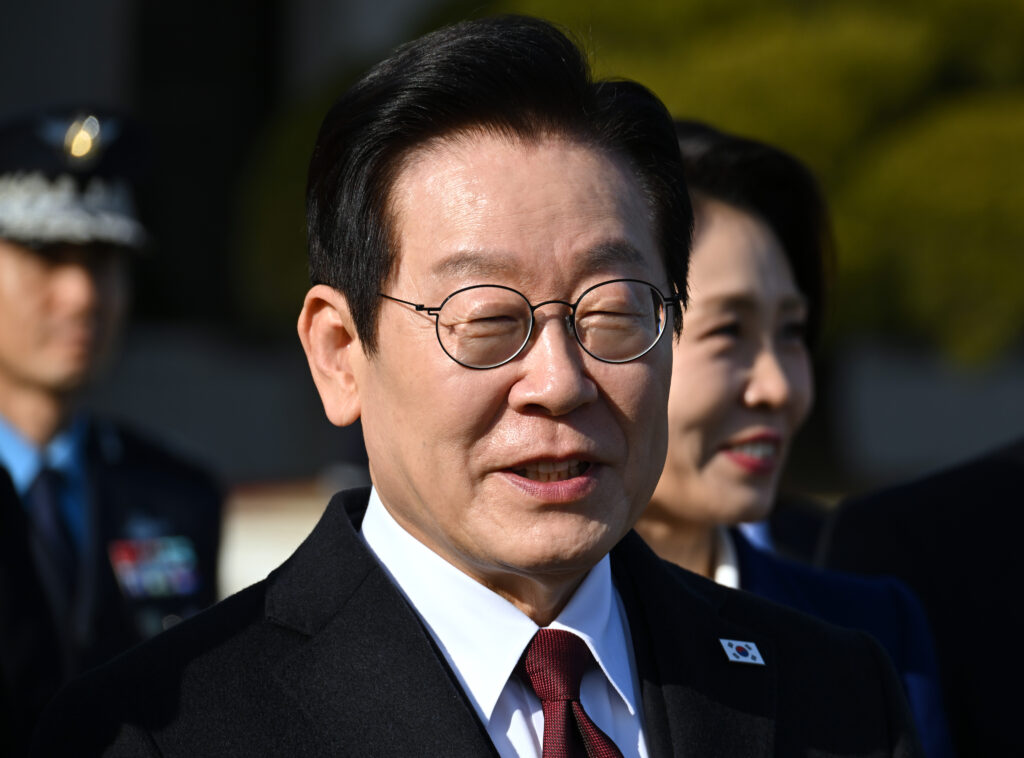Equities extend record run, oil eases
Global stock markets advanced on Tuesday to fresh record highs while oil prices eased as investors tracked developments surrounding crude-rich Venezuela as well as the outlook for the global economy.Brushing off geopolitical concerns triggered by the surprise US raid Saturday on Caracas that saw Venezuelan president Nicolas Maduro and his wife taken to New York, some major stock markets have begun the new year with all-time highs, having already smashed records in 2025.Wall Street extended an upbeat start to the 2026 campaign, with both the Dow and S&P 500 ending at all-time records.”It’s just an upward bias to start the year here as people are putting money to work in areas that might have been left behind last year,” said Briefing.com analyst Patrick O’Hare. “People are broadening out their buying efforts.”Seoul rose more than one percent to top 4,500 points for the first time, helped by another strong rally in chip giant SK hynix.London’s benchmark FTSE 100 index reached a new high Tuesday above 10,000 points, with investors expecting more cuts to British interest rates to bolster growth in 2026.”Global equities are likely to keep looking through the geopolitical shock unless it threatens the broader supply chain or tightens financial conditions, because geopolitics has become a persistent feature rather than a surprise,” said Charu Chanana, chief investment strategist at Saxo Markets.”Equities can continue grinding higher if earnings expectations, liquidity, and rate expectations remain supportive, especially in tech,” she added.A presentation by Nvidia at the Consumer Electronics Show in Las Vegas lent new buzz to the artificial intelligence industry, while an announcement that Microchip Technology lifted its sales outlook spurred major gains by semiconductor stocks.Traders are awaiting key US jobs data due Friday for clues on the outlook for interest rates.The Federal Reserve is expected to keep cutting American borrowing costs this year, but how many times remains unclear.But oil prices pulled lower as markets continued to digest the upheaval in Venezuela since Saturday’s US raid.While Venezuela sits on about a fifth of the world’s oil reserves, observers pointed out that a quick ramp-up of output would be hamstrung by several issues including its creaking infrastructure, low prices and political uncertainty.”With the country pumping less than one percent of the world’s oil after years of underinvestment, any major near-term disruption looks more bark than bite,” Matt Britzman, senior equity analyst at Hargreaves Lansdown, said Tuesday.Chevron, the sole US company still operating in Venezuela, dropped 4.5 percent, reversing Monday’s surge in the stock.- Key figures at around 2130 GMT – Brent North Sea Crude: DOWN 1.7 percent at $60.70 per barrelWest Texas Intermediate: DOWN 2.0 percent at $57.13 per barrelNew York – Dow: UP 1.0 percent at 49,462.08 (close)New York – S&P 500: UP 0.6 percent at 6,944.82 (close)New York – Nasdaq Composite: UP 0.7 percent at 23,547.17 (close)London – FTSE 100: UP 1.2 percent at 10,122.73 (close)Paris – CAC 40: UP 0.3 percent at 8,237.43 (close)Frankfurt – DAX: UP 0.1 percent at 24,892.20 (close)Tokyo – Nikkei 225: UP 1.3 percent at 52,518.08 (close)Hong Kong – Hang Seng Index: UP 1.4 percent at 26,710.45 (close)Shanghai – Composite: UP 1.5 percent at 4,083.67 (close)Euro/dollar: DOWN at $1.1693 from $1.1722 on MondayPound/dollar: DOWN at $1.3503 from $1.3542 Dollar/yen: UP at 156.59 yen from 156.38 yenEuro/pound: UP at 86.58 pence from 86.56 penceburs-jmb/iv
